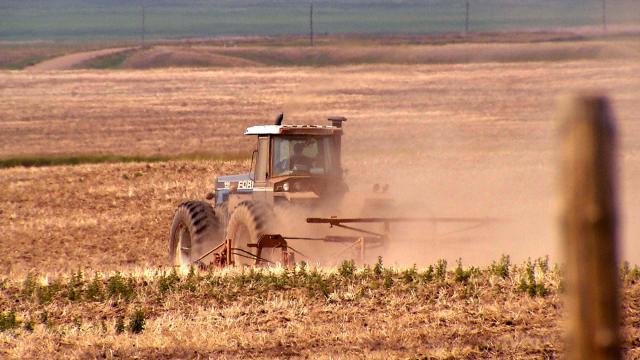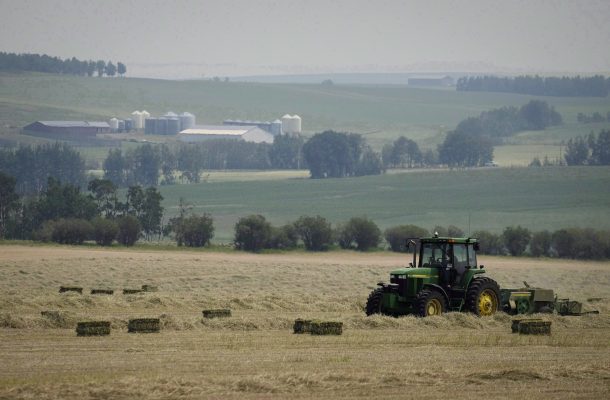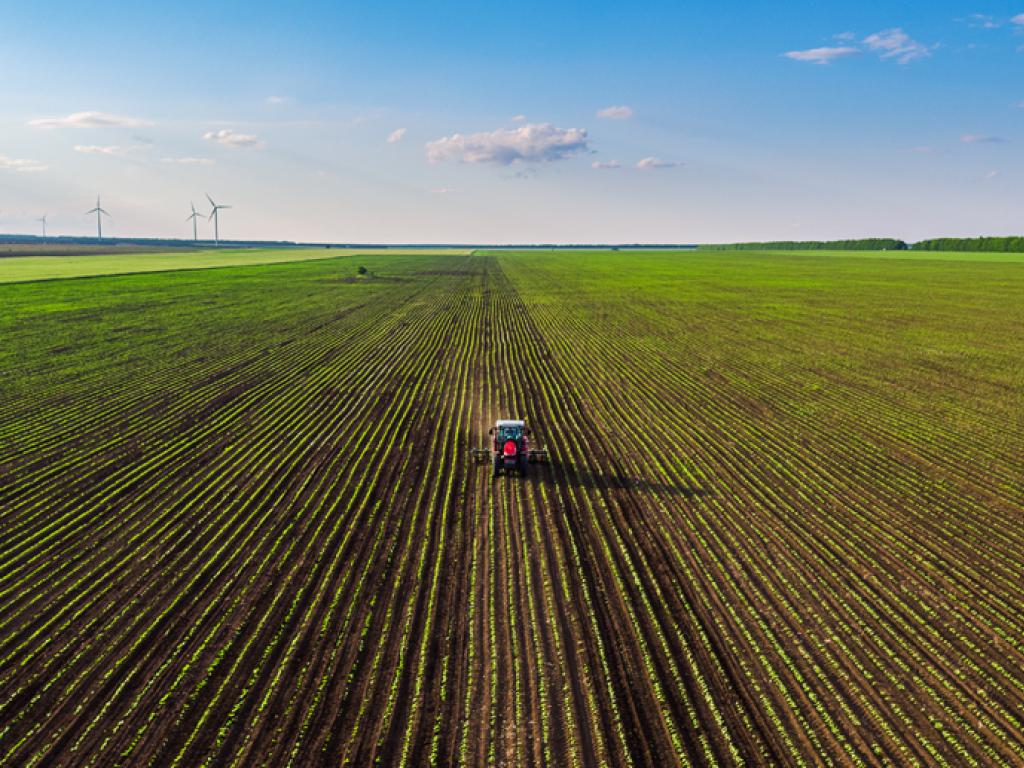Agricultural Disaster in Alberta: A Crisis Unfolding in Canada’s Farming Heartland
Paul McLauchlin, the president of the Rural Municipalities of Alberta (RMA), has raised an alarm about a severe situation that has emerged in various municipalities, particularly in the southern and eastern parts of Alberta.
This crisis, which he describes as a “scary situation,” is likely to ignite significant discussions about the future of food security in the province, especially in the context of the ongoing Agricultural Disaster in Alberta.
The Agricultural Disaster in Alberta: A Growing Trend
This year, several municipalities have declared agricultural disasters, including the County of Stettler, County of Paintearth, Vulcan County, Foothills County, Cypress County, and Wheatland County.
These declarations follow devastating drought conditions two years ago when multiple provincial municipalities declared agricultural disasters.
The Agricultural Disaster in Alberta is becoming a trend, according to McLauchlin, signaling a dire need for intervention and sustainable solutions.

The ongoing drought means there’s very little water for crops, leading to an “urgent” problem, as stated by officials in Wheatland County. For some producers, any precipitation may be too late.
This situation has led to widespread crop failures and significant grasshopper infestations, exacerbating the Agricultural Disaster in Alberta. And making a difficult situation even worse in many parts of the province.
You may also like: Simple Tips for Living a More Sustainable Lifestyle
The Economic Impact
Agriculture is a crucial part of Alberta’s economy. Contributing $8.1 billion in GDP in 2021 and employing more than 58,300 Albertans.
The Agricultural Disaster in Alberta is not only a crisis for farmers. But also a significant concern for the province’s economy. The ongoing crisis could have long-term effects on the economic stability of the region.
Municipal agricultural disasters do not automatically trigger funding or program responses. They are used to signal to provincial and federal governments that the conditions farmers are facing are growing dire.

However, McLauchlin, the RMA president, said they are an important exercise, and aren’t taken lightly. These declarations are a call to action, highlighting the urgency of the Agricultural Disaster in Alberta.
Moving forward, conversations are starting to take shape around what the future of agriculture in the province might look like. These discussions involve better use of water, water recycling, check dams, and even crop choices.
The Agricultural Disaster in Alberta is a wake-up call for the need for these bigger conversations about the future of farming in the region. The crisis underscores the need for sustainable and resilient agricultural practices to safeguard the future of farming in Alberta.





